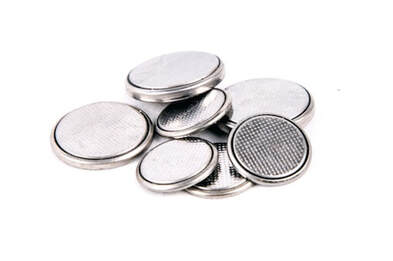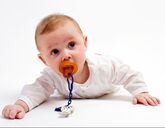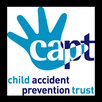It's Christmas time and there are presents and new toys galore around in our homes. Many of them need button batteries so here is a timely reminder of how dangerous they are if swallowed and what to do if they are!
Button batteries can kill - even ones you think are no longer working!
If you think your child may have swallowed a button battery, ACT FAST
If you think your child may have swallowed a button battery, ACT FAST
If swallowed saliva will react with the battery and cause internal burns and so time is of the essence. If you want to see how quickly this burning happens check out the video of a button battery burning through meat from First Aid for Life at:
www.youtube.com/watch?time_continue=1&v=agodK8HDujc&feature=emb_logo
www.youtube.com/watch?time_continue=1&v=agodK8HDujc&feature=emb_logo
If your child swallows a button battery then:
- Take them to your nearest A&E as quickly as possible
- Tell the triage nurse that you think they have swallowed a battery. Take the gadget with you so the staff can identify the type of battery you are worried about
- Do not wait for any signs or symptoms
- Do not try to make them sick
- Make sure you do not give them anything to eat or drink. They may need an anaesthetic in order to be operated on
Your child will be x-rayed to establish whether the battery is there or not and if so, where it is lodged. If necessary, they will be taken for an operation to remove the battery as a matter of urgency.
Keep your button batteries out of the reach of children, even the used ones!
Written by Kate Ellwood First Aid Instructor (December 2019)
LifeFirst provides this information for guidance and it is not in any way a substitute for medical advice. LifeFirst is not responsible or liable for any diagnosis made, or actions taken based on this information. It is strongly advised that you attend a First Aid course to understand what to do in a medical emergency.
LifeFirst provides this information for guidance and it is not in any way a substitute for medical advice. LifeFirst is not responsible or liable for any diagnosis made, or actions taken based on this information. It is strongly advised that you attend a First Aid course to understand what to do in a medical emergency.







